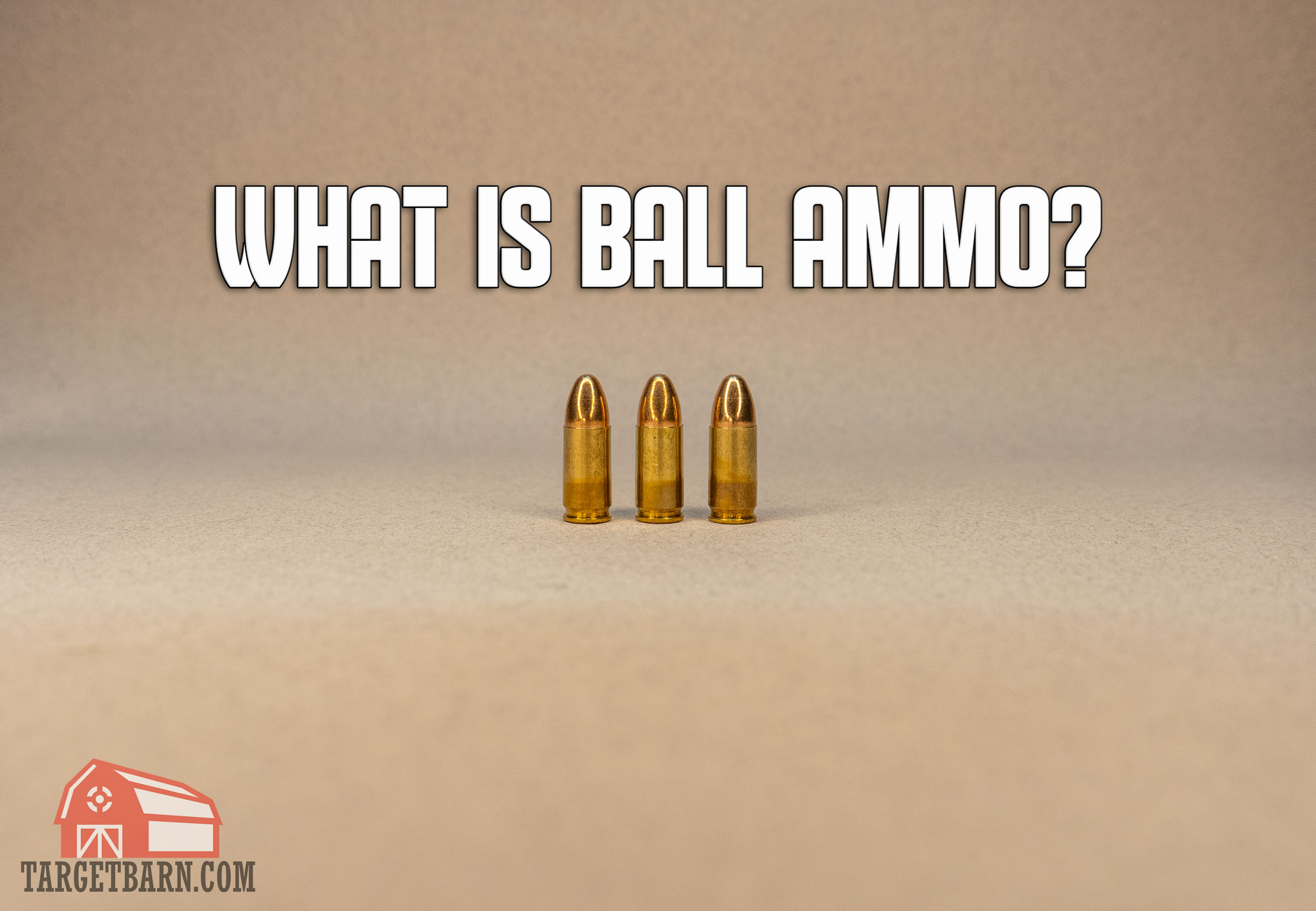Getting The Ammunition Pro Llc To Work
Getting The Ammunition Pro Llc To Work
Blog Article
The 8-Second Trick For Ammunition Pro Llc
Table of ContentsThe 7-Minute Rule for Ammunition Pro LlcAmmunition Pro Llc Can Be Fun For AnyoneAmmunition Pro Llc - An OverviewThe Buzz on Ammunition Pro LlcSome Known Facts About Ammunition Pro Llc.
Most contemporary cartridges consist of 4 main components the case, guide, propellant, and projectile. A shotgun cartridge, more generally described as a shell, includes 5 elements the case, primer, propellant, projectile(s) and wad. Let's check out each component of a round, just how it functions, and options that may be available: The casing is the container, or housing, right into which all the various other parts fit.Technically, the raised use steels various other than brass have made this jargon inaccurate, nonetheless, it continues to be a commonly used and approved term. If you will be reloading you should stick to brass, brass alloy or plated brass. Pure initial run brass is best; nonetheless, recycled brass can be utilized. Shooting Supplies.
Other kinds of brass, including alloys or layered versions, can be made use of however will certainly have a much shorter life span. Early firearms depended on gunpowder, which is a particular mix of chemicals that sheds quickly and swiftly develops increasing gases as it melts. Creating the ability to confine and control the burning process and gas expansion was the crucial to establishing trusted, and secure, guns.
As a result of its instability gunpowder has been changed by modern chemical substances that complete the same result without the danger. One of the most usual of these mixes is saltpeter, sulfur, and charcoal. The outcome is a propellant that melts fast, is dependable and much more stable. The propellant needs a smaller sized cost to be safely stiring up and this is completed by the guide.
Some Ideas on Ammunition Pro Llc You Need To Know
As holds true with the propellant, gunpowder has actually been replaced by even more steady modern chemical compounds in the construction of the guide. Quality primers are necessary to appropriate, dependable ammunition efficiency. A damaged or wet guide will frequently cause failure to fire or a postponed, hang, fire situation.
the bulletEvery firearm calls for an object that will certainly be expelled from the firearm which will, subsequently, be made use of to strike the intended target. This object is called the projectile, although the terms bullet, slug or shot are frequently made use of in its location. In fact rifles & hand guns fire bullets while shotguns fire slugs or shot, the latter being made use of to explain a group of pellets removed from a single shell or housing.
Some manufacturers have even explored with including a polymer cone to hollow point designs. The result is regulated expansion and deeper infiltration. Bullets, which is an appropriate term for the projectile for the majority of modern weapons, can be found in a range of kinds. Each is developed for a different purpose and might or might not cycle correctly in every gun.

Ammunition Pro Llc Fundamentals Explained
As discussed previously, the situation is the housing into which the various other components are housed. When it comes to centerfire cartridges (one of the most usual kind of contemporary ammunition) the primer is fitted into a pocket in the base of the case, the propellant is loaded right into the hollow interior room and a projectile (also known as bullet) is protected into the open end.
The firing pin, subsequently, relocated quickly onward and strikes the guide. When struck by the shooting pin the primer fires up and virtually quickly sparks the propellant by allowing a flame to go into the cartridge by means of a tiny hole behind the guide cap. This causes an immediate chemical reaction that produces expanding gases which, as a result of the restricted area within the situation, create the projectile to be rapidly expelled.
Naturally, every gun owner has a duty to read the proprietor's handbook and method safe capturing. Before you recognize it, you will be the another come to for details, waiting patiently while you shoot so they can ask "Is it a bullet, ammunition, or cartridge?".
Ammunition Pro Llc for Dummies

All are examples of self-supporting ammunition, which has been with us for more than a century. Making use of these 4 components, ammunition is either made by manufacturing facilities or handloaders, and though the makeup and layout of the fundamental components have actually progressed and remain to do so, their general function and just how they interact have not.
Cartridge situations are typically made of brass. (Photo/Richard Mann)The cartridge case is what holds all self-contained ammunition together.
Some Known Details About Ammunition Pro Llc
Brass situations are reloadable, while steel cases are not. With shotgun hulls or shells, the base is made of brass for stamina, and the remainder of the instance is made of plastic for economy.
With a lot of shotgun coverings, added information about the tons is printed on the plastic part of the hull. Firearm Ammunition. Centerfire guides fit into the cartridge or shell head, and when affected by the firing pin they produce a spark to begin the gunpowder burn. (Photo/Richard Mann)There are two kinds of priming methods used in modern, self-contained ammunition
Report this page